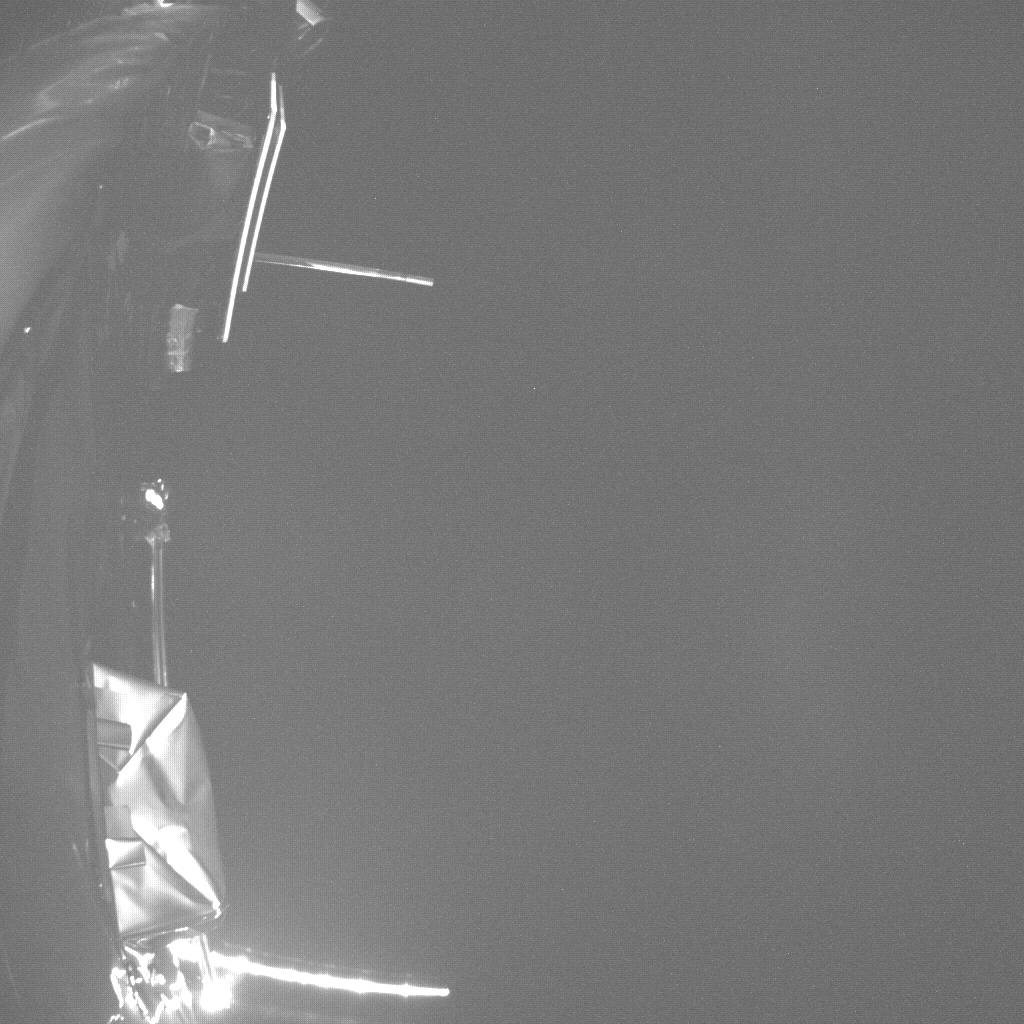ESA’s Juice Jupiter mission is back on track after Mission Control in Darmstadt, Germany managed to shake loose and deploy the stuck ice-penetrating Radar for Icy Moons Exploration (RIME) antenna that was stuck due to a tiny pin.
It’s been a case of slow mail biting at ESA as its Jupiter Icy Moons Explorer (Juice) mission to study the planet’s moons and orbit Ganymede almost came to a premature end just as its eight-year voyage to the giant planet had just begun.
After what seemed like a flawless launch on April 14, 2023 from the Guiana Space Centre in Kourou, French Guiana, the spacecraft entered its months-long commissioning phase where its instruments would be deployed and put through the wringer to make sure they were ready to go to work. Then the 16-m (52-ft) RIME antenna jammed after only extending a third of the way and refusing to swing into the open position.

ESA
The most likely culprit was a tiny pin that extended a few millimeters too far, holding the antenna in place. Not having a handy robotic arm aboard to give it a solid whack with a giant mallet, the engineers came up with an alternative. They rotated the spacecraft into the sunlight to heat up, much like one might run a jam jar under a hot tap to loosen it. They then fired the thrusters in an effort to shake the antenna loose. It moved a bit, but not enough.
Then, on May 12, the team fired a Non-Explosive Actuator (NEA) that delivered a big enough mechanical shock to shift the pin and free the antenna, which swung dramatically away from the spacecraft and extended itself. A second actuator in the antenna’s holding bracket was then activated, causing it to unfold itself and lock into position.
Juice is now on its way to Jupiter and will make a series of flybys of the Earth, Moon, Venus, and Mars. This will give it enough velocity to reach Jupiter by January 2031.
Source: ESA
Source of Article